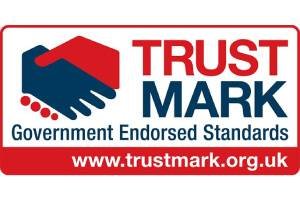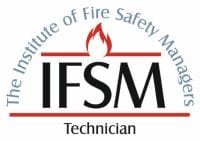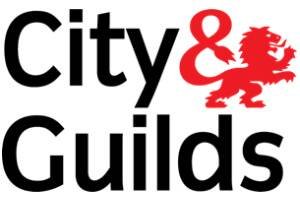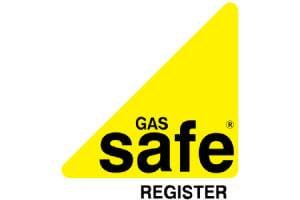
A fire risk assessment serves as a crucial tool for identifying fire hazards in both homes and businesses. It systematically evaluates risks and guarantees compliance with legal standards. This proactive approach not only enhances safety but also plays a significant role in protecting lives and property. However, many property owners overlook its importance. Understanding the full scope of fire risk assessments could reveal essential insights that are often ignored.
Key Takeaways
- Fire risk assessments systematically identify hazards, ensuring the safety of occupants and property in homes and businesses.
- Legal requirements mandate thorough evaluations, protecting against potential fines or imprisonment for non-compliance.
- Assessments enhance emergency response capabilities, ensuring essential escape routes and fire-fighting equipment are in place.
- Proactive measures can lower insurance premiums and mitigate financial risks associated with fire incidents.
- Competent risk assessors develop tailored safety strategies, maintaining up-to-date evaluations to effectively safeguard lives and assets.
Understanding Fire Assessments
Although many businesses may overlook the importance of *fire risk assessments, they play an essential role in ensuring safety. A fire risk assessment systematically evaluates premises to identify potential *fire hazards and risks, focusing on both the environment and existing safety measures.
This assessment determines who may be at risk, enabling the formulation of a robust fire safety plan. While the fire assessment cost may seem burdensome, it is a critical investment that safeguards lives and property.
Legal Requirements for Fire Risk Assessment
Legal requirements for fire risk assessments are essential for ensuring safety in non-domestic premises across the UK. Governed by the Regulatory Reform (Fire Safety) Order 2005, these assessments mandate that a responsible person conducts a thorough evaluation to identify fire hazards and implement safety measures.
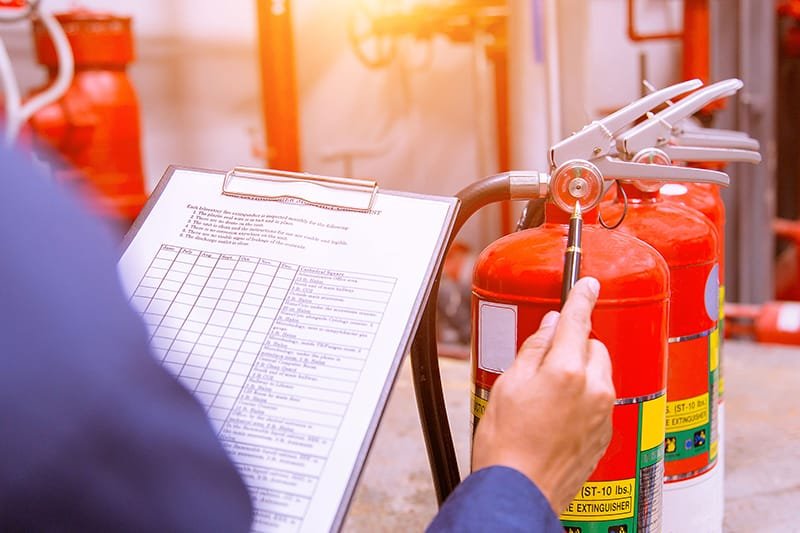
In Scotland and Northern Ireland, similar regulations apply, emphasizing the importance of compliance across regions. Failure to adhere to these legal requirements can result in substantial fines or imprisonment.
Property owners must document their fire risk assessments to protect against legal repercussions. For businesses seeking compliance, searching for a “fire risk assessment near me” or a “fire risk assessment London” can yield local experts proficient in maneuvering through these critical legal frameworks.
Safeguarding Lives and Property
A thorough fire assessment plays an important role in safeguarding lives and property within any organization. It systematically identifies hazards, evaluates risks, and implements necessary safety measures. By doing so, it guarantees the availability of essential escape routes and fire-fighting equipment, ultimately enhancing the response capabilities during emergencies.
| Element | Importance |
| Fire Escape Routes | Important for safe evacuation |
| Fire Extinguishers | Critical for controlling fires |
| Alarm Systems | crucial for early detection |
This proactive approach not only protects individuals from harm but also preserves valuable assets, guaranteeing business continuity and operational stability. The significance of fire assessments becomes evident in their capacity to create safer environments for both employees and customers.
The Financial Implications of Fire Safety
How can the financial implications of fire safety impact a business’s bottom line?
Effective fire safety measures can greatly reduce financial risks associated with fire incidents. Investing in thorough assessments and prevention strategies helps protect assets and guarantees continuity.
- Decreased insurance premiums resulting from proactive fire safety compliance.
- Avoidance of costly fines and legal repercussions from non-compliance.
- Protection against substantial property damage and business interruption costs.
- Enhanced reputational value leading to increased customer trust and loyalty.
The Role of a Competent Risk Assessor
While many businesses recognize the importance of fire assessments, the role of a competent risk assessor is essential in guaranteeing these evaluations are effective and compliant with regulations. A competent risk assessor possesses the expertise to identify fire hazards, assess risks, and implement necessary safety measures, ultimately safeguarding lives and property. Their qualifications guarantee thorough evaluations, adherence to legal requirements, and the development of effective fire safety strategies.
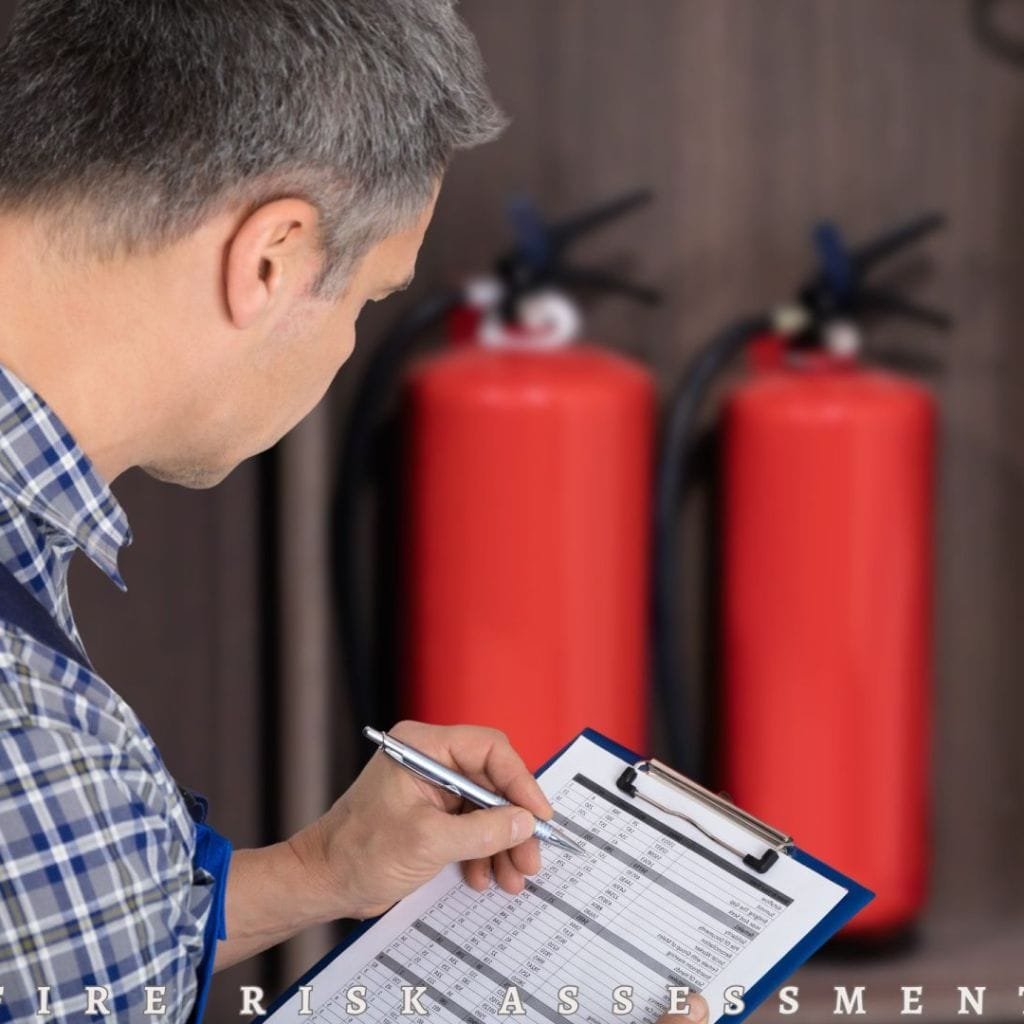
| Key Functions | Importance |
| Identify hazards | Mitigates risk |
| Assess risks | Prioritizes safety measures |
| Guarantee compliance | Avoids legal repercussions |
| Develop safety strategies | Enhances overall safety culture |
| Conduct regular reviews | Maintains up-to-date assessments |
Establishing a Regular Review Process
Regular review processes are essential for maintaining the effectiveness of fire risk assessments and ensuring ongoing compliance with safety regulations.
Establishing a systematic review schedule allows organizations to adapt to evolving risks and enhance safety measures accordingly.
Key components of a robust review process include:
- Conducting annual assessments to identify new hazards or changes in the environment.
- Reviewing and updating emergency plans based on recent incidents or feedback.
- Ensuring that all fire safety equipment is maintained and operational.
- Training staff regularly on fire safety protocols to reinforce awareness.
Frequently Asked Questions
How Often Should I Update My Fire Risk Assessment?
The frequency of updating a fire risk assessment typically depends on environmental changes, layout alterations, or after incidents. Regular reviews are recommended at least annually to maintain compliance and guarantee ongoing safety measures are effective.
Can I Conduct a Fire Risk Assessment Myself?
Conducting a fire risk assessment independently is possible, but it requires extensive knowledge of fire safety regulations and potential hazards. Engaging a qualified professional guarantees thoroughness and compliance, enhancing safety and reducing legal risks considerably.
What Happens if I Ignore Fire Safety Regulations?
Ignoring fire safety regulations can result in severe consequences, including hefty fines, legal action, and potential imprisonment. Additionally, the neglect may lead to catastrophic incidents, endangering lives and causing significant property damage and financial loss.
Are There Specific Fire Risks for Different Types of Businesses?
Different business types face unique fire risks. For instance, kitchens encounter grease fires, while warehouses may have flammable materials. Understanding these specific hazards is essential for developing targeted safety measures and maintaining compliance with regulations.
How Can I Involve Employees in Fire Safety Measures?
To effectively involve employees in fire safety measures, organizations can conduct training sessions, establish fire safety teams, encourage participation in drills, solicit feedback on safety protocols, and foster an environment of continuous safety awareness and improvement.
Conclusion
To summarize, a fire risk assessment is vital for both homes and businesses, serving as a proactive measure to identify hazards and guarantee compliance with *legal standards. By safeguarding lives and property, property owners not only mitigate potential financial losses but also enhance their reputation within the community. Engaging a competent risk assessor and establishing a regular review process further solidifies an all-encompassing *fire safety strategy, fostering a secure environment for all occupants.


